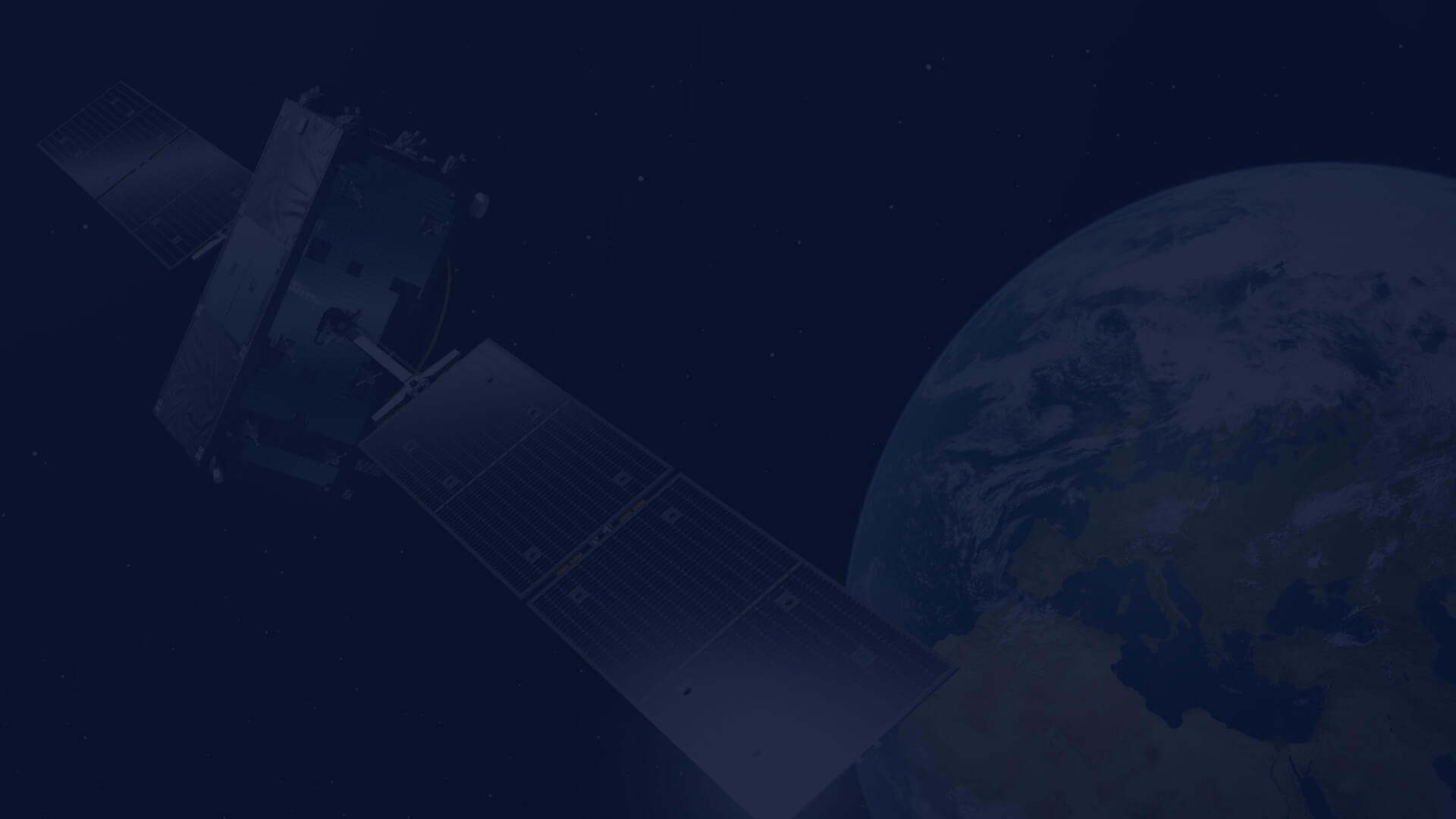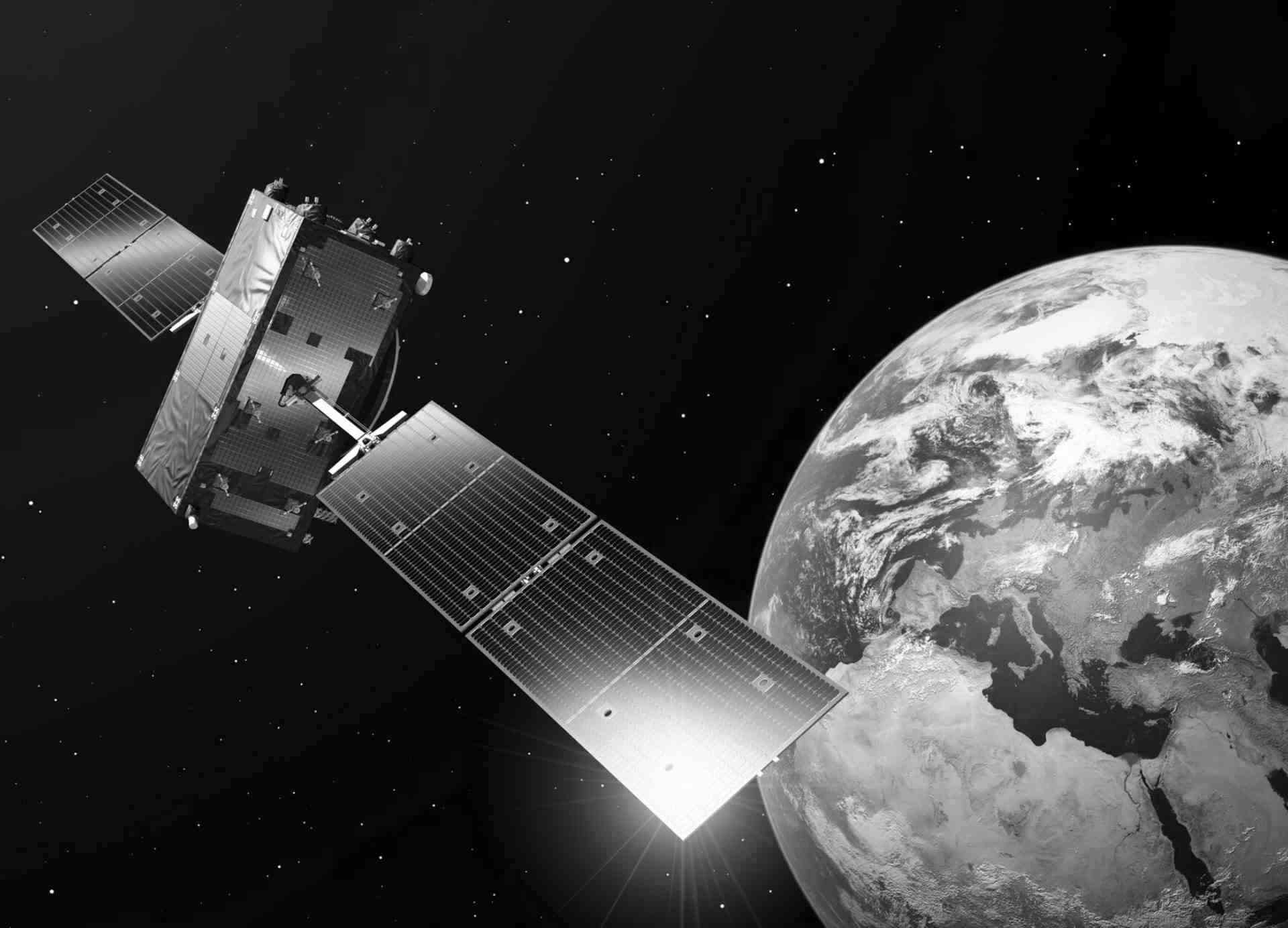CREODIAS: Introduction to SAR Sentinel-1 data
Since 2014, the Sentinel-1 mission has allowed for radar observation of the Earth's surface. In 2016, Sentinel- 1b joined the Sentinel- 1a satellite. Thanks to both satellites in operational mode, the revisit time has been improved and it gives a 6-day exact repeat cycle. The Sentinel-1 satellite data may be one of the most useful datasets available from CREODIAS due to its structure. This article covers the theme of satellite radar imagery.

The nature of SAR (Synthetic Aperture Radar) data
Due to its more complicated structure, radar data is more difficult to interpret visually and less intuitive compared to optical data. On the other hand, the possibilities of using radar data are enormous. Usage of radar data acquired by the Sentinel-1 satellite, can conduct continuous observations, regardless of weather conditions or time of day and even during the night. This is especially important during periods of dense cloud coverage when the number of useful optical satellite images is limited.
The C-band used in the Sentinel-1 satellites is suitable for reflecting the crowns of trees without reaching the soil surface, making it very well suited for monitoring crops or trees. An additional advantage of the Sentinel-1 data is the polarization, which, depending on the change in the orientation of the electromagnetic wave (vertical or horizontal), carries valuable classification information. The technologically advanced synthetic aperture allows increasing the range of receiving radar data, which significantly raises the possibilities and accuracy of receiving the radar signal.
Radar interferometry
The measurement continuity and access to unclouded data, both during the day and night, make the time resolution of the available, free Sentinel-1 data a great advantage of using this type of data. With the revisit time of only 6 days, we can examine slight differences between the selected scenes, thanks to which these data can be used in land cover research, crops management, crisis management, and seismological research. The graphic below presents an example of interferometry from an onboard SAR instrument obtained over the San Andreas Fault in California. A fault line can be identified in the upper half of the image where pink and yellow meet. The color change stems from a surface movement that occurred between the observation dates of the two satellite scenes.

Sentinel-1 products available from CREODIAS
CREODIAS platform offers near real-time access to Sentinel-1 series data. Users can download the indicated images for free in a multitude of process and polarization options. The great advantage of using the CREODIAS is the ability to work in a computing cloud without the need of downloading space-consuming files and to create data summaries that will allow for more accurate analysis of SAR satellite images
The Sentinel-1 product available on the CREODIAS platform is available in four data sensor modes:
- Stripmap (SM)
- Interferometric Wide swath (IW) - this is the main data acquisition mode of Sentinel-1, TOPSAR (Terrain Observation with Progressive Scans SAR)
- Extra-Wide swath (EW)

Each sensor mode has different processing processes, product types, and polarization types and can be adapted to the individual needs of users.
Examples of the use of Sentinel1 radar data
The use of radar data is especially important in conducting observations in places of natural disasters such as floods because of the greater probability of unfavorable weather conditions for optical observations of the Earth's surface. The radar data of the Sentinel-1 satellite also allows for more accurate monitoring of the ocean's surface. For example, tracking water transport, monitoring the movement of icebergs, or studying the extent of the glacier cover. Radar data is also used in monitoring crops or tracking deforestation processes all over the world. They are also used for proposes such as:
- Promoting civil security
- Tracking volcanic activity by monitoring minimal movements of the Earth's surface
- Climate sciences
- Water monitoring (including sea and ice cap mapping)
- Oil spill mapping in the marine environment
- Ship movement detection
- Monitoring of the Earth's Surface
- Landslides monitoring
- Supporting humanitarian aid in humanitarian crises
Solution on CREODIAS
The possibility of analyzing spatial data using SAR radar imaging products together with the possibility of processing them in the CREODIAS computing cloud allows for the discovery of changes taking place on the surface of land and seas. The use of radar data, despite being less intuitive for the user, is a must-have for scientists and people using satellite data in commercial analyses. The greatest advantage, however, is the possibility of supporting optical data with the help of radar data and using them effectively during crisis events, increasing the effectiveness of emergency services, among other things.
Autor: Maciej Jurzyk, Data Scientist at CloudFerro

